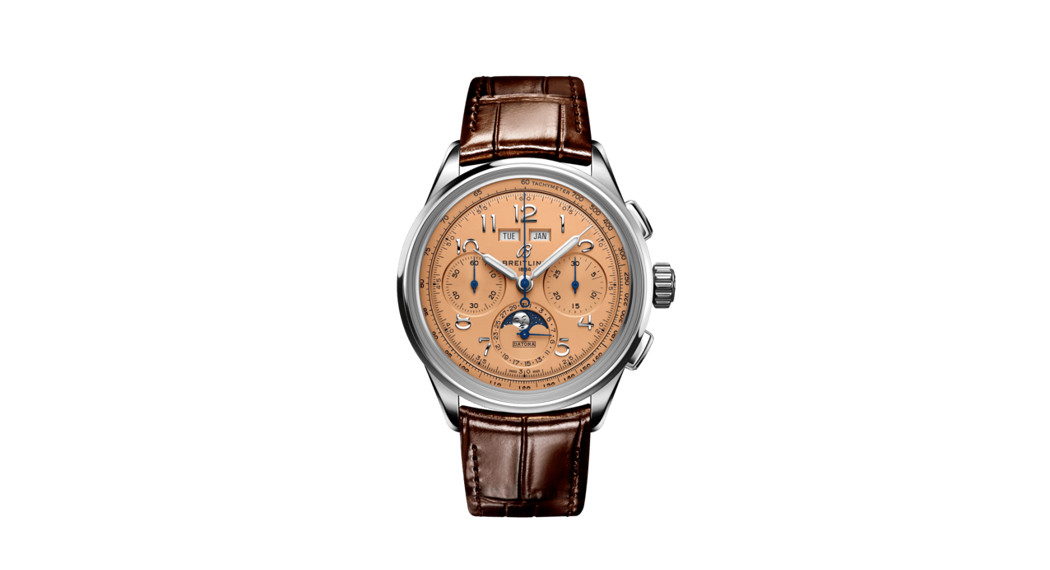INSTRUCTIONS FOR USEPREMIER B25 DATORA 42
| Hour hand | |
| Minute hand | |
| Seconds hand | |
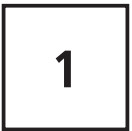 |
Chronograph minute totalizer |
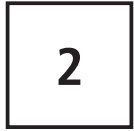 |
Chronograph seconds hand |
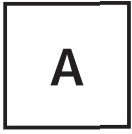 |
Start / Stop pushpiece |
 |
Reset push-piece |
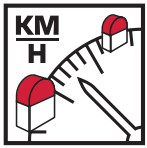 |
Tachymetric scale |
 |
Moon Phases |
 |
Date |
YOUR BREITLING CHRONOMETER
A chronometer is a high-precision instrument that has successfully passed the entire battery of tests imposed by COSC (Swiss Offi cial Chronometer Testing Institute), a neutral and independent body that individually tests each movement according to the prescriptions inforce.The certifi cation test for wristwatches with sprung balance oscillators, according to standard ISO 3159, consists of observing each movement for 15 days and 15 nights, in 5 positions and at 3 diff recent temperatures (8°C, 23°C, 38°C). In order to earn the prestigiouschronometer label, a movement’s performances must meet 7 very strict criteria, including a daily variation in a rate ranging between only -4/+6 seconds.The term “chronometer” should not be confused with that of “chronograph”, which is a complicated watch fi fitted with an additional mechanism for measurement of the duration of an event. A chronograph is not necessarily chronometer-certifi ed, but all Breitling chronographs bear the much-coveted title of “chronometer”.
PREPARATION FOR USE
WINDING – TIME-SETTINGNB: mechanical watches endowed with a date indicator window are equipped with a complex mechanism that is set into motion between 8 pm and 4 am. It is therefore vital to avoid adjusting the calendar or setting the time backwards during this period.
- Wind the watch through approximately 40 clockwise turns of the crown.
- Pull the crown out to position 3. Turn it so that the hour and minute hands point to 06:25.
- Push the crown in to position 2. Turn it counter-clockwise to adjust the date and month.Set the watch to the correct month and previous date. Press the push-piece located on the case-side at 10 o’clock with a soft pointed object to adjust the day. Set the day to the previous day.Turn the crown clockwise to adjust the moon phase. First, display the moon phase to “full moon”. Set the moon phase to the previous day, using a lunar calendar. Count how many days are remaining until the next moon phase. Then turn the crown clockwise as many times as there are days. The moon phase will move 1 step backwards for each day.
- Pull the crown out to position 3. Move the hands forwards until the correct day, date, month and moon phase are displayed, at midnight. Set the hour and minute hands.
- Push the crown back into position 1.
USING THE CHRONOGRAPH
I. MEASURING A SINGLE SHORT TIME
- Press pushpiece A to start the chronograph. Hand 2 shows the measurement in seconds.

- Stop the measurement by pressing pushpiece A once more. The measurement is made in minutes (totalizer 1), seconds and 1 /4 of a second (hand 2).

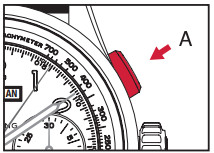
- Reset the chronograph to zero by pressing pushpiece B.

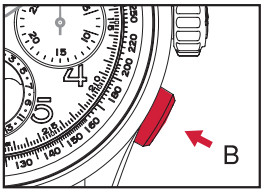
II. MEASURING AND INTERRUPTED SHORT TIME
- Press pushpiece A to start the chronograph. Hand 2 shows the measurement in seconds.



- To interrupt the measurement, press pushpiece A once more.To restart the time measurement, press pushpiece A. This procedure makes it possible to add up several short times.


- The chronograph is reset to zero by pressing pushpiece B, once the fi nal measurement has been stopped.


SPECIAL CHARACTERISTICS


- Average speedUsing the chronograph to measure the time required to cover a kilometre or a mile. The final position of the second hand indicates the average speed. If it takes 20 seconds to cover 1 km or 1 mile, the scale respectively indicates an average speed of 180 km/h or 180 miles/h.
- Hourly productivity rateMeasuring the time required to produce 1 unit. If the chronograph is stopped at 40 seconds, the tachometric scale indicates 90, corresponding to an hourly productivity rate of 90 units.
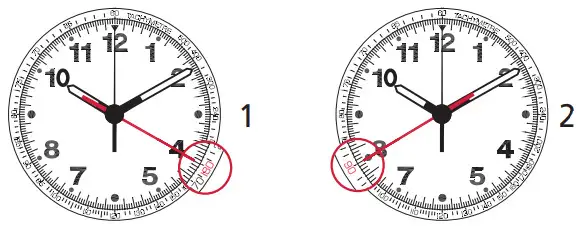



In the Northern Hemisphere
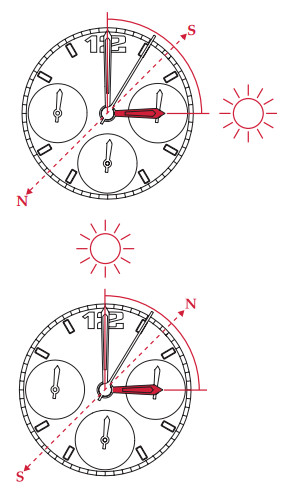

MAINTENANCE
Your Breitling chronometer is a sophisticated instrument that is constantly subjected to a wide variety of stresses and strains. Within a very small volume, a large number of components contribute to handling all the functions. Their mechanical action inevitably leads to a certain amount of wear and tear, which may be controlled by maintenance consisting of relubrication and replacing worn components.Like any precision measurement instrument, your watch must be regularly maintained in order to function at its highest level of potential: the frequency of this operation varies according to actual use.Breitling or your authorized retailer will be happy to handle the procedure.WATER RESISTANCEThe movement of your chronometer is protected by a complex case fi fitted with gaskets to ensure its water resistance. Under the infl uence of various external agents – perspiration, chlorinated or saltwater, cosmetics, fragrances or dust – these gaskets gradually deteriorate. That is why water resistance cannot be permanently guaranteed. If used intensively in water, we recommend having an annual water-resistance check conducted.In any event, such an appraisal must be done every two years. This operation, which takes only a few minutes, maybe conducted by a Breitling authorized maintenance centre, or by an authorized retailer (www.breitling.com).
Breitling models are water-resistant to varying degrees. The extent of the water-resistance, expressed in metres (M), is a standard value and does not indicate an absolute immersion depth. The crown and push-pieces must not under any circumstances be operated underwater or when the watch is wet. The table below indicates the conditions in which your watch may reasonably be used, according to its degree of water resistance:
| ACTIVITIES / DEGREE OF WATER RESISTANCE | 3 bar/30 M/100 FT | 5 bar/50 M/165 FT | 10 bar/100 M/330 FT | 50 bar/500 M/1650 FT+ |
| Splashing | √ | √ | √ | √ |
| Shower, swimming, surface water sports | √ | √ | √ | |
| Water-skiing, dives, snorkelling | √ | √ | ||
| Diving | √ |
If your watch is equipped with a screw-lock crown, ensure that this is locked before any use in water. This also applies to screw-lock push-pieces.
USEFUL TIPSBreitling genuine leather straps are crafted with the most refi ned materials and represent extremely high-quality products. Like all objects in natural skin (shoes, gloves, etc.), their length of life varies considerably, according to the conditions in which they are worn. ln particular, water, cosmetics and perspiration accelerate the ageing process. A metal or synthetic Breitling bracelet is thus better suited to activities involving frequent contact with water or moisture.Breitling metal cases and bracelets are made from fi nest alloys and guarantee sturdiness and wearer comfort.Regular cleaning by rinsing and brushing in clean water will keep your watch shiny. This operation is strongly recommended after each immersion in salty or chlorinated water.For watches fitted with a leather strap, the same advice applies, as well as avoiding getting the strap wet.
WHAT TO AVOIDLike any valuable object, Breitling chronometers deserve special care. It is important to protect them from jarring and knocks by hard objects, and not to expose them to chemical products, solvents, dangerous gases, or magnetic fieds. Moreover, your Breitling chronometer is designed to run smoothly at temperatures ranging between 0°C and 50°C.
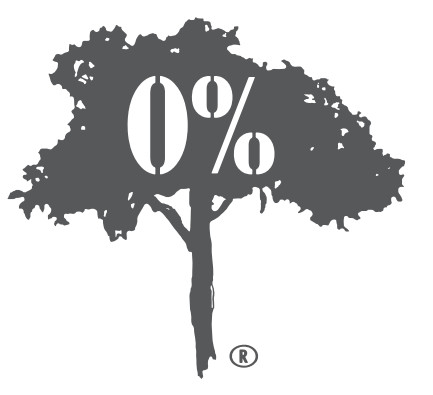

This booklet is completely made from residues of sugar cane instead of wood. The paper is biodegradable, compostable, and recyclable.
Printed in Switzerland
References
[xyz-ips snippet=”download-snippet”]

